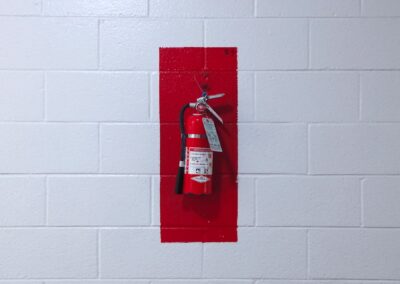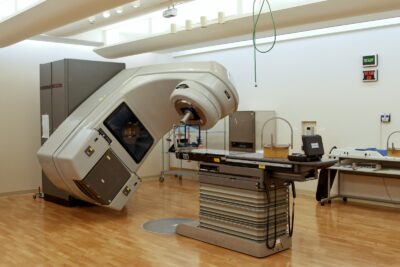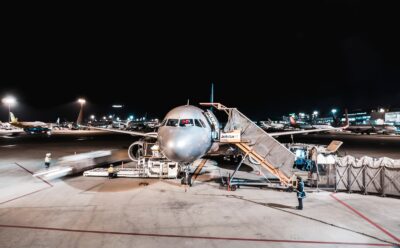Innovations in Emergency Communication: A Closer Look
The Role of Multimedia Data in Modern Emergency Communication
The implementation of next-generation emergency communication networks has revolutionized the way emergency services operate, particularly in the bustling cities of Riyadh and Dubai. By integrating multimedia data, such as texts, images, and videos, these advanced systems enhance the speed and accuracy of emergency responses. In an era where technology is rapidly evolving, the adoption of such networks ensures that emergency responders can process a wide array of data types swiftly and efficiently. This capability is crucial in urban centers where the volume and complexity of emergency situations are significantly higher.
For instance, an emergency call now isn’t just a voice on the line; it can include real-time video from the scene, photos of the incident, and even text messages with critical information. This multimedia approach provides responders with a comprehensive understanding of the situation before they arrive, enabling them to prepare better and respond more effectively. Such advancements are particularly beneficial in places like Dubai, known for its cutting-edge infrastructure and commitment to smart city initiatives. The integration of these systems aligns with the city’s vision of leveraging technology to enhance public safety and efficiency.
Moreover, the use of multimedia data in emergency communication networks is supported by artificial intelligence (AI) and machine learning algorithms. These technologies can analyze incoming data in real time, identify patterns, and predict potential escalation of incidents. AI’s role in filtering and prioritizing information ensures that emergency services are not overwhelmed by the sheer volume of data, but rather receive the most relevant and actionable insights promptly. This is especially critical in high-stakes environments, such as major events or natural disasters, where rapid decision-making can save lives.
Blockchain and the Metaverse: Transforming Emergency Communication
Blockchain technology offers a robust solution for ensuring the security and integrity of data within next-generation emergency communication networks. By providing a decentralized ledger, blockchain ensures that all multimedia data exchanged during an emergency is tamper-proof and verifiable. This level of security is paramount in maintaining public trust and ensuring that critical information remains accurate and unaltered. For cities like Riyadh, which are investing heavily in technological advancements, incorporating blockchain into emergency communication networks represents a significant step towards building a resilient and secure urban ecosystem.
In addition to blockchain, the concept of the metaverse is beginning to influence emergency communication strategies. The metaverse, a virtual-reality space where users can interact with a computer-generated environment and other users, offers unique opportunities for training and preparedness. Emergency responders can use metaverse platforms to simulate various scenarios, enhancing their readiness and response capabilities. For instance, firefighters in Dubai can participate in virtual drills that mimic real-life emergencies, improving their skills without the risks associated with live training exercises.
Furthermore, the metaverse can facilitate real-time collaboration between different emergency services. During a crisis, responders from various agencies can enter a shared virtual space, review multimedia data together, and coordinate their actions more effectively. This level of collaboration is vital in complex emergencies where multiple services must work in unison. The use of the metaverse in this context underscores the innovative approaches being adopted by forward-thinking cities like Riyadh and Dubai to enhance their emergency response frameworks.
Conclusion: The Future of Emergency Communication
The integration of multimedia data, AI, blockchain, and the metaverse into next-generation emergency communication networks is transforming the landscape of emergency response. These advancements not only improve the efficiency and effectiveness of emergency services but also enhance the overall safety and resilience of urban environments. As Riyadh and Dubai continue to lead the way in adopting cutting-edge technologies, other cities around the world can look to them as models for innovation in public safety and emergency management.
Ultimately, the success of these technologies hinges on continuous investment in research and development, as well as the willingness of emergency services to embrace new methodologies. By fostering a culture of innovation and collaboration, cities can ensure that their emergency communication networks are equipped to handle the challenges of the modern world. The future of emergency communication is bright, and with the right strategies in place, it holds the promise of saving countless lives and enhancing the quality of life in our urban centers.
As we move forward, it is essential to recognize the importance of these technologies in creating safer and more responsive cities. The combination of multimedia data, AI, blockchain, and the metaverse in emergency communication networks represents a significant leap forward, paving the way for a new era of public safety and emergency management.
#NextGenerationEmergencyCommunicationNetworks #EmergencyCommunication #MultimediaData #AIinEmergencyServices #Blockchain #Metaverse #Riyadh #Dubai #SmartCity #PublicSafety























